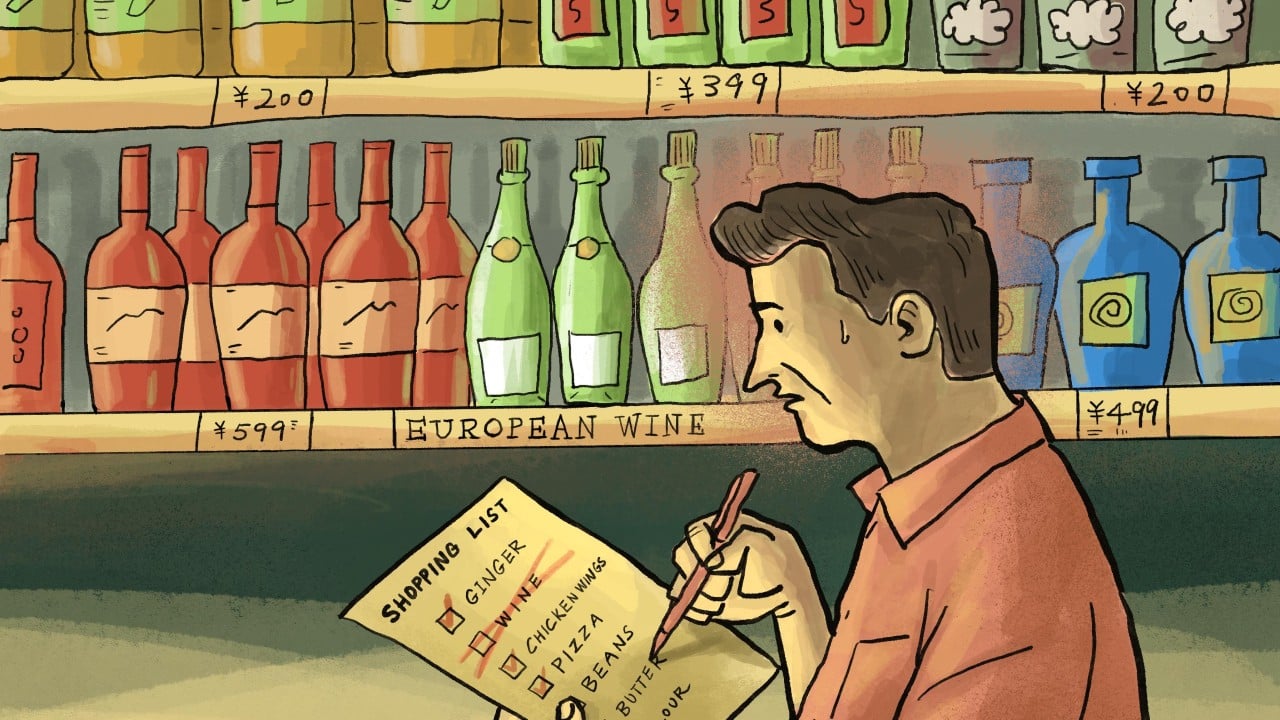As China’s traditional spirits and premium wines grapple with declining consumption, a significant shift is under way across the beverage landscape. This three-part series examines the challenges faced by Maotai town as its once-coveted baijiu loses its lustre, the impact of economic shutdowns on European wine imports, and the rise of craft beer as a budget-friendly alternative for consumers seeking quality without breaking the bank.
Advertisement
Marshall Su, a 30-year-old headhunter based in Shanghai, has long been a wine enthusiast. But these days, he is more likely to open a bottle at home than order one in a fancy Western restaurant.
“It’s cheaper than drinking out,” he said. “With the growing popularity of Mediterranean cuisine in China, wine is becoming a go-to drink with home-cooked meals.”
Su is far from alone. As China’s economic growth slows, consumers are looking to reduce their spending – and expensive foreign wine is an easy place to start. Many are drinking less, switching to cheaper brands, and trawling online shopping platforms for cut-price bottles.
The trend is causing a headache for vintners around the world, especially European producers that have long been leading players in China. Just a few years ago, the Chinese wine market was booming and exporters felt it was possible to sell “anything at any price” in the country. Now, some are slashing prices as they struggle to secure orders.
Advertisement
China’s consumers are not the only ones cutting back. Global wine consumption has plunged since the pandemic, falling to an estimated 21.4 billion litres (45.2 billion pints) in 2024 – the lowest total since 1961 – according to a report by the International Organisation of Vine and Wine released in April.
But the turnaround in China is still striking. After hitting a peak of about 552 million litres in 2017, China’s wine imports went into a long decline that accelerated markedly during the pandemic, Chinese customs data showed. Last year, imports reached just over 165 million litres – less than 30 per cent of the total seven years earlier.

